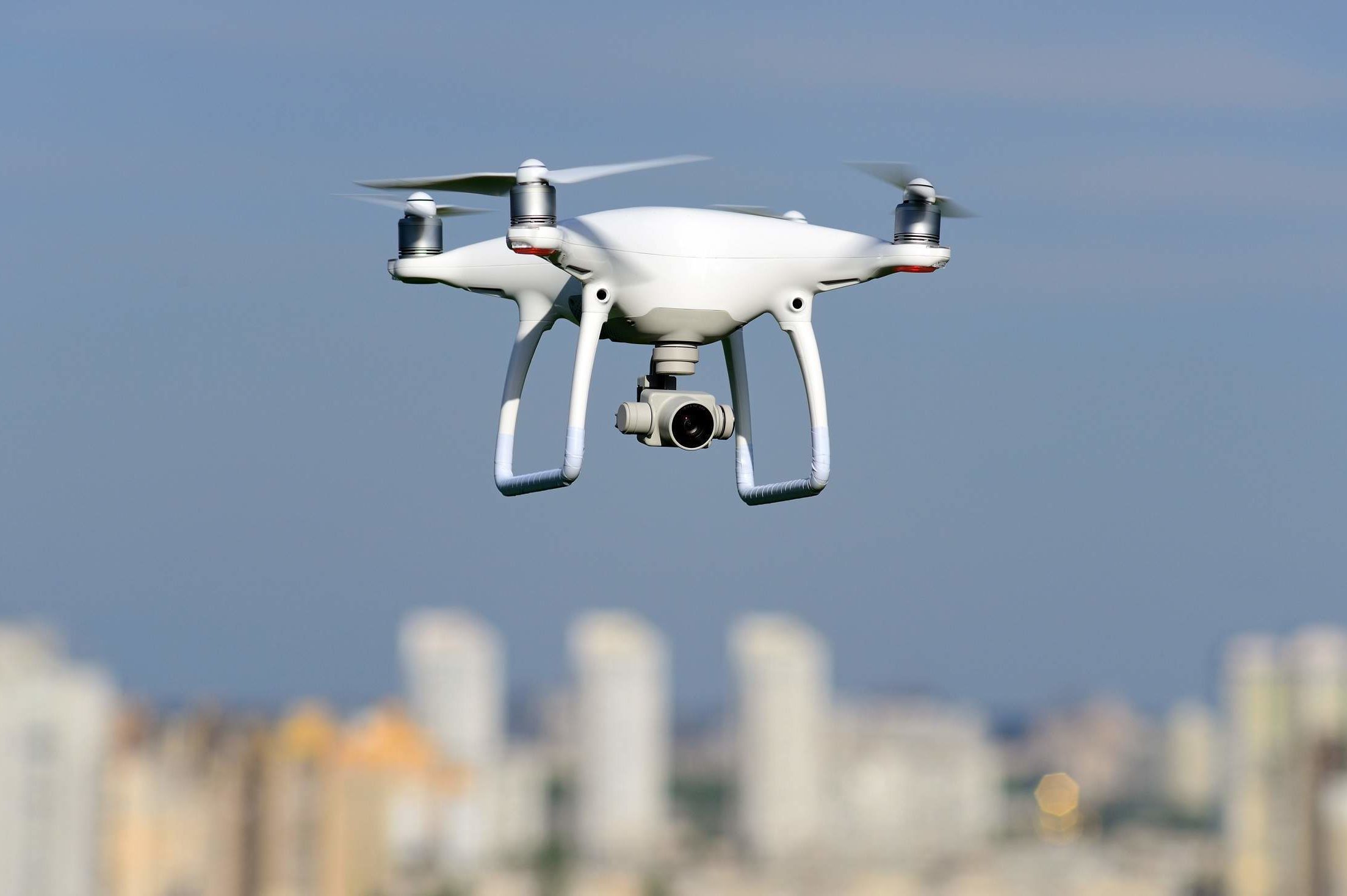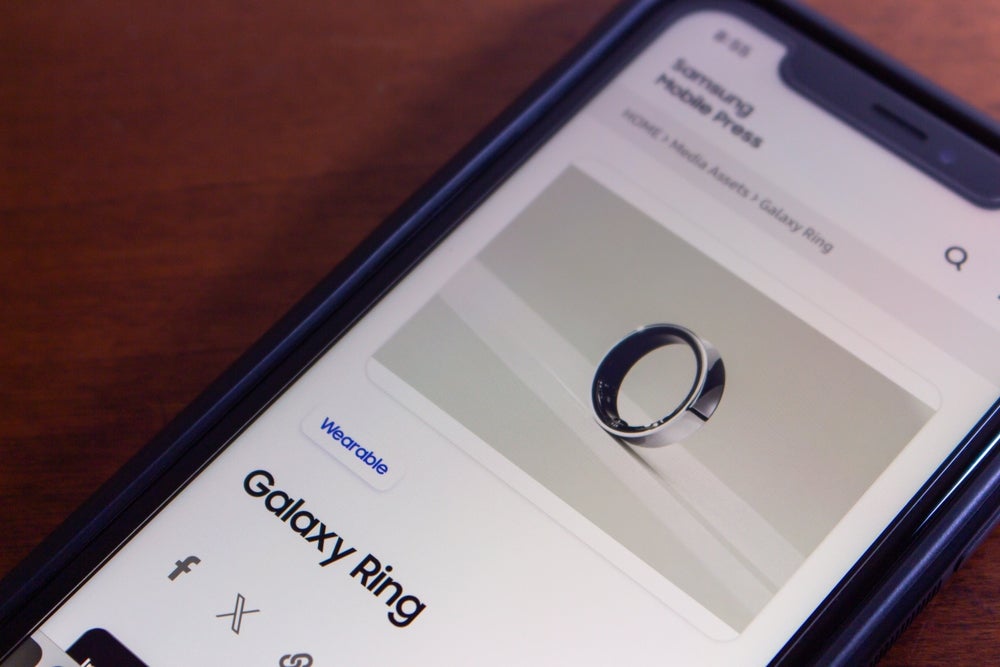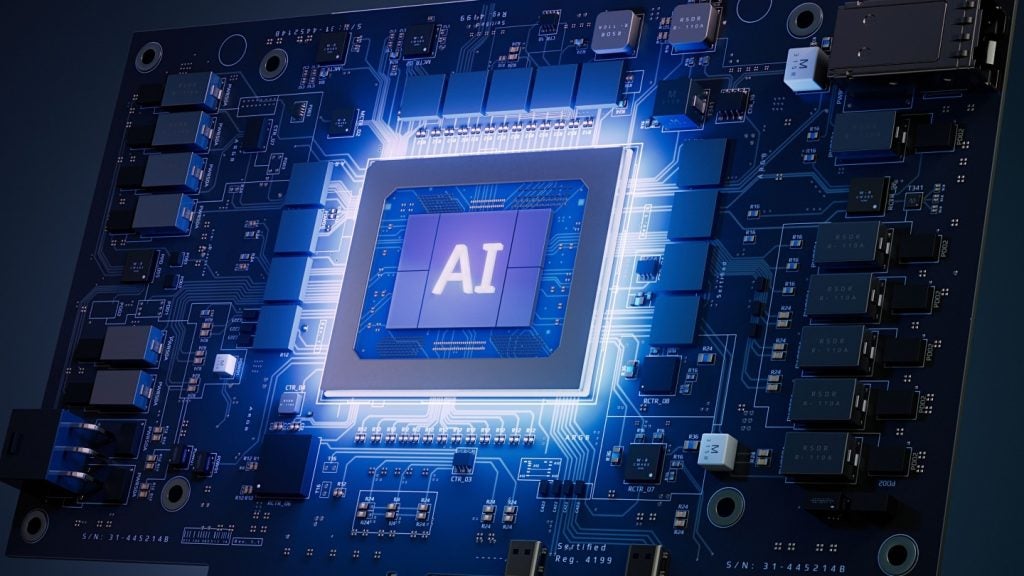
First used commercially in Japan back in the 1980s, drones are still most commonly associated with military applications or hobbyists, although the future of drones in business is strong.
Unmanned aerial vehicles or drones have an increasing number of use cases in numerous industries, including media coverage, emergency response, agriculture, construction and safety monitoring, and this is only set to increase.
According to Mckinsey, the value of commercial drone activity in the US grew from $40m in 2012 to about $1bn in 2017, and is expected to reach $31bn to $46bn by 2026, with 40% of senior executives believing that the future of drones in business could be game-changing in the next decade, according to a recent survey by Boyden.
Since 2016, the Federal Aviation Administration (FAA) regulations have made it easier for businesses to operate drones for commercial purposes, and as a result, drone technology is set to disrupt global business in multiple industries.
According to Business Insider, the use of commercial drones is growing at a faster rate than military use, with a compound annual growth rate (CAGR) of 19% between 2015 and 2020, compared with 5% growth on the military side, and could add an estimated 100,000 jobs to the US economy by 2025.
Here’s what the future of drones in business could look like for three key industries.
How well do you really know your competitors?
Access the most comprehensive Company Profiles on the market, powered by GlobalData. Save hours of research. Gain competitive edge.

Thank you!
Your download email will arrive shortly
Not ready to buy yet? Download a free sample
We are confident about the unique quality of our Company Profiles. However, we want you to make the most beneficial decision for your business, so we offer a free sample that you can download by submitting the below form
By GlobalDataFuture of drones in business: Retail
With customers increasingly expecting on-demand retail, carrying out deliveries is perhaps one of the applications most frequently associated with commercial drones, with retail giants such as Amazon and Walmart investing in this area. However, Gartner predicts that by 2020, delivery drones will amount to less than 1% of the commercial market.
Nonetheless, drone technology has a lot to offer the retail sector, with drones able to carry out more than just deliveries. In the future, tasks such as inventory, moving stock in warehouses and protecting stores from shoplifters could all be simplified through drone use.
Drones could even be used to gain an insight into shoppers’ habits, with hovering drones capable of tracking how consumers move around stores, aiding in store design or in deciding what shops should stock which products and where.
For the future of e-commerce, the large-scale use of drone deliveries could help retailers get items to customers at a faster rate than human counterparts, particularly in urban areas when traffic can add to delivery times, or difficult to reach locations. Services such as Amazon Air have the potential to carry out all elements of the delivery process without human involvement and deliver goods in as little as 30 minutes.
Future of drones in business: Agriculture and farming
With the rise of smart farming, the agriculture industry is increasingly embracing the benefits of AI and other cutting-edge technology. Drones are useful in increasing crop production, increasing efficiency and allowing greater continuous monitoring of land and livestock.
The cost of drones has fallen rapidly in the last few years, and the agriculture drones market is predicted to grow at a rate of 38% between 2017 and 2025 according to MarketWatch.
The use cases for drones in agriculture are extensive, with drones able to assist in monitoring, assessing whether crops need to be watered and whether crops are growing correctly, tasks that would have previously needed satellite images. Drone technology can also be utilised for crop spraying, keeping track of livestock and even pollinating plants.
Startups such as Droneseed have created drone-planting systems, which are loaded with seeds that are then dispersed as the drone hovers over farmland, and have the potential to plant up to plant up to 100,000 trees per day. According to MIT, drone-planting systems achieve a success rate of 75% and decrease planting costs by 85%.
According to Technology Review, in the future a fleet of drones could communicate with each other in agricultural monitoring and collecting, allowing farming to become an increasingly data-driven industry.
Future of drones in business: Construction
Drones have become an increasingly common feature at construction sites, with on-site UAV use increasing by 240% in 2018, according to DroneDeploy, thanks to their use in data collection and surveillance.
Creating accurate land surveys, carrying out safety inspections, and creating 3D models can all be simplified using drone technology, meaning that developers do not only save time and money, but builders are spared from some of the more dangerous aspects of building.
According to a recent report on the impact of drones various industries, PWC has predicted that in the future, drones will not only be used in “diagnosing problems with crumbling infrastructure, such as cracks in tarmac, bridges and building facades, but also repairing them”.
3D printing technology and drone technology will combine to carry out repairs on infrastructure, meaning drones will not only be used in monitoring, but also in construction itself, meaning humans are no longer required for some more dangerous tasks.
“There are clear disparities in attitudes towards drones between business and the wider public”
Although drones have a lot to offer numerous industries, those looking to deploy them should proceed with caution, according to Elaine Whyte, UK drones leader at PwC. She believes that there is still a way to go in terms of regulation, public perception and industry preparedness before their benefits can be fully realised:
“There are clear disparities in attitudes towards drones between business and the wider public. It is also strikingly clear that the potential of drone technologies is not fully understood. The drone community across industry, government and civil society needs to change the public discourse from one of uncertainties and toys, to one of opportunity and accountability.
“This can be achieved through better education on the wealth of use cases for drones, as well as increasing understanding of regulation and accountability. The public will only trust a new technology if they understand who is regulating and providing oversight.
“At PwC, we completed our first stock count audit last year using drones and our research has found that drones could add an additional £42bn to the UK economy by 2030. To really achieve these positive outcomes the drone community has much to do to educate wider society.”
Read more: Commercial drones to drive trebling of UAV production by 2028







